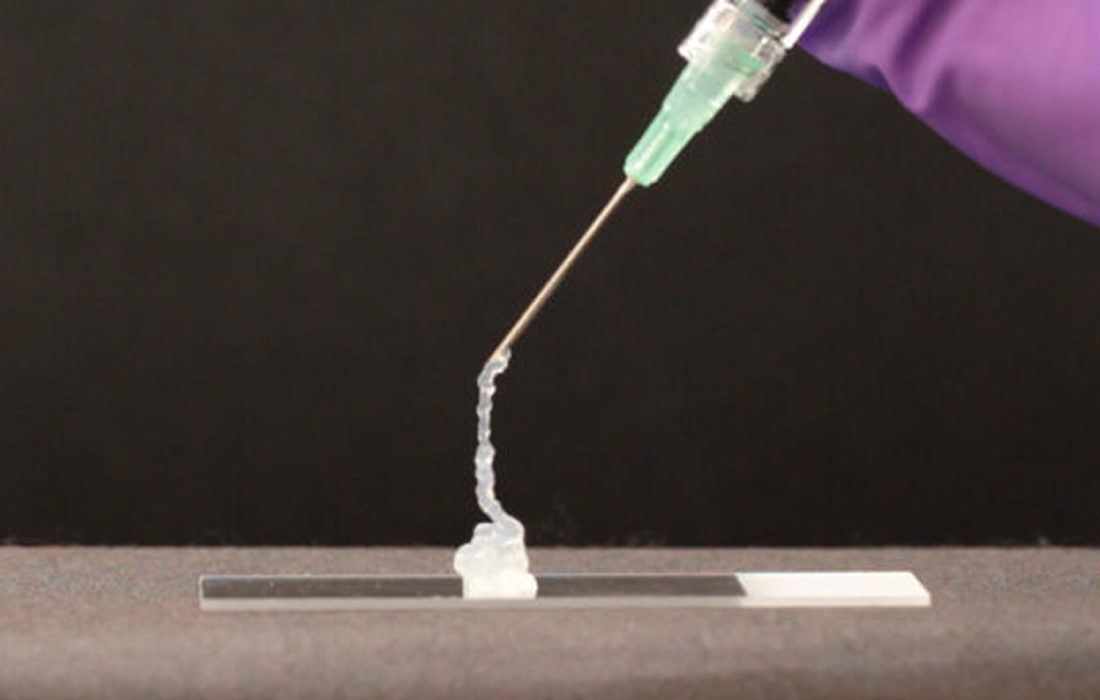Regenerative Medicine News and General Information
New Delivery Method Enhances Cancer Treatment
One cutting-edge cancer treatment today involves collecting and reprogramming a patient’s T cells and then putting them back into the body ready to detect and destroy cancerous cells. This type of therapy is effective for blood cancers like leukemia but has rarely succeeded in treating solid tumors.
Recently, Stanford University engineers have developed a delivery method that enhances the attack power of a method called chimeric antigen receptor (CAR) T cells. By adding CAR-T cells and specialized signaling proteins to a hydrogel, and then injecting it next to a tumor. The gel can provide a temporary microenvironment inside the body where immune cells can prepare to fight cancerous cells. The study results appear in the journal Science Advances.
The main mode of administration for CAR-T cells is via intravenous (IV) infusions, which is not an ideal approach for solid tumors. Grosskopf and her colleagues created a gel that can temporarily house cytokines and CAR-T cells near the tumor, allowing them to grow and proliferate, and continuously release them to bombard the cancer growth.
The team evaluated their gel containing both CAR-T cells and cytokines in an animal model and found that all animals became cancer-free after 12 days. Additionally, the gel did not induce adverse inflammatory reactions in the mice, and it fully degraded within the body in a few weeks.
Source:
McKenzie Prillaman. (2022, Apr 8). Stanford engineers develop a simple delivery method that enhances a promising cancer treatment. Stanford News. Retrieved from:
Image from:
Stanford News. Retrieved April 8th, 2022. Image credit: Abigail K. Grosskopf.

